The Common Agricultural Policy (CAP) of the European Union is one of the EU’s oldest and most important policies. Established in the 1960s, the CAP was designed to provide affordable food for EU citizens, ensure a stable income for farmers, and promote the development of rural areas across Europe. Over the years, the policy has undergone significant reforms in response to changing economic conditions, public demands, and EU enlargement. These reforms have aimed to modernize the CAP, reduce its environmental impact, and make it more aligned with broader EU goals such as sustainability, climate action, and rural development.
Background and Objectives of the Common Agricultural Policy
The CAP was created to address several challenges facing European agriculture after World War II, including low agricultural productivity, food shortages, and the need to stabilize food prices. The policy aimed to achieve several core objectives:
- Increasing Agricultural Productivity: The CAP initially aimed to increase agricultural production through price supports and subsidies to European farmers.
- Ensuring a Fair Standard of Living for Farmers: By offering subsidies, the CAP sought to provide a stable income for farmers and prevent rural poverty.
- Ensuring Reasonable Prices for Consumers: The CAP was designed to make food affordable for European consumers while maintaining farmer incomes.
- Promoting Rural Development: As the CAP evolved, rural development became an integral objective, seeking to improve the quality of life in rural areas and diversify the rural economy beyond agriculture.
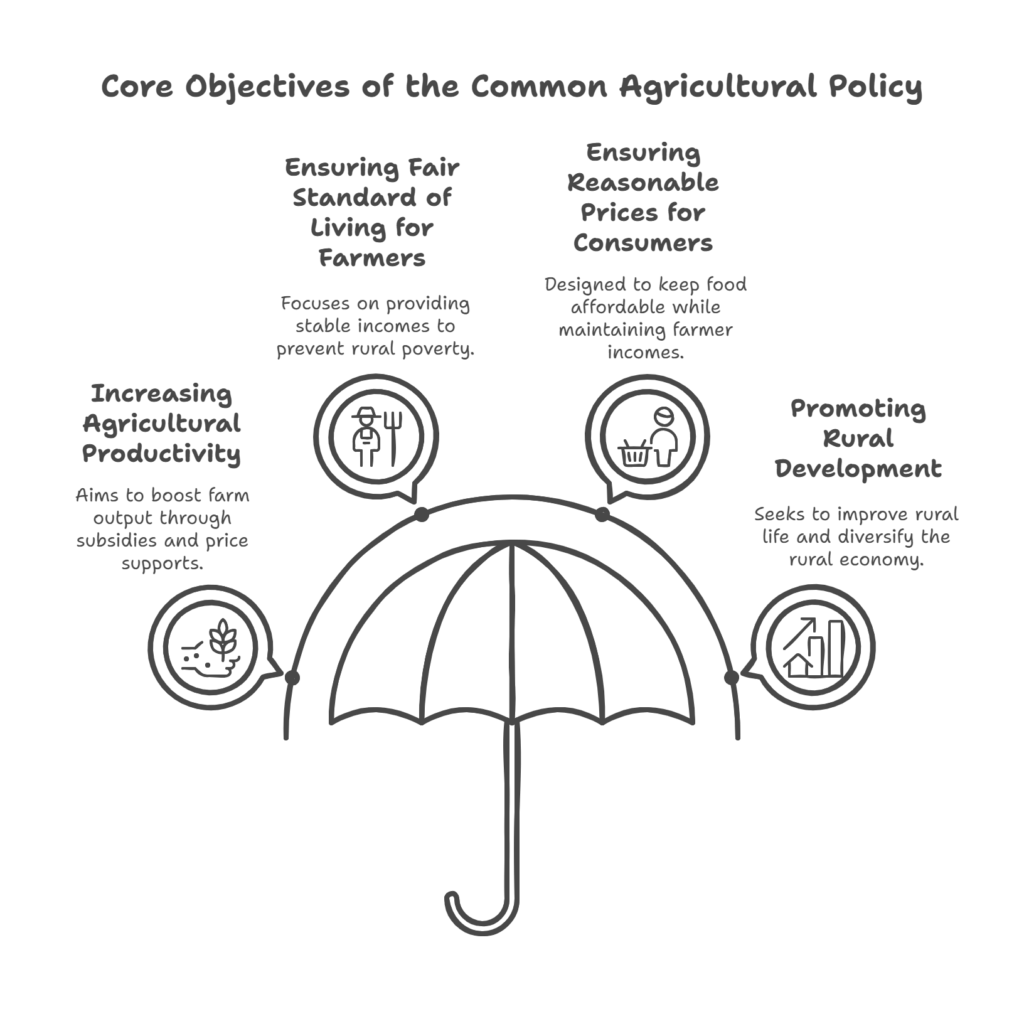
Reforms to the Common Agricultural Policy
Over the years, the CAP has undergone a series of significant reforms, driven by various factors such as the need for budgetary discipline, shifting political priorities, and growing concerns over environmental sustainability. Key reforms can be categorized into several phases:
1. The 1992 MacSharry Reforms: First Step Toward Market-Oriented Agriculture
In the early 1990s, the CAP faced mounting criticisms for its high cost, inefficiency, and negative environmental impact. The MacSharry Reforms (named after the then EU Commissioner for Agriculture, Ray MacSharry) of 1992 marked the beginning of significant changes in CAP policy.
- Decoupling of Subsidies: One of the key features of the reform was the decoupling of subsidies from production. Instead of providing direct price supports, farmers began to receive direct payments, which were linked to land and farm size rather than the amount of crops grown. This helped to reduce overproduction and surpluses, which had been a key problem under the old CAP system.
- Introduction of Rural Development: Another important aspect of the reforms was the focus on rural development. The reforms sought to promote diversification in rural economies and to improve the living conditions in rural areas, which had been largely neglected.
2. The 2003 Fischler Reforms: Further Shifting Towards Sustainability
The 2003 Fischler Reforms, named after EU Commissioner Franz Fischler, were another significant step in modernizing the CAP. These reforms were driven by the need to respond to both domestic pressures and international trade negotiations, particularly with the World Trade Organization (WTO).
- Further Decoupling of Payments: The direct payments to farmers were further decoupled from production levels, making them increasingly based on cross-compliance—i.e., environmental, animal welfare, and food safety standards.
- Introduction of Cross-Compliance: A key innovation of the 2003 reforms was the introduction of cross-compliance, which linked direct payments to the fulfillment of environmental and animal welfare standards. This was intended to ensure that EU agricultural subsidies were aligned with broader policy goals, such as environmental protection and food safety.
- Rural Development Focus: The reforms placed a greater emphasis on rural development programs, providing funding for non-agricultural activities in rural areas, such as tourism, renewable energy, and local food production.
3. The 2013 CAP Reform: Focus on Sustainability and Fairness
The 2013 CAP reform was one of the most comprehensive, responding to concerns over the environment, social fairness, and the increasing demand for agricultural products. The reform aimed to make CAP more sustainable and equitable while maintaining food security.
- Greening of Subsidies: A major feature of the 2013 reform was the greening of subsidies, whereby 30% of direct payments were conditional on farmers adopting certain environmental practices. These included maintaining permanent grassland, crop diversification, and creating ecological focus areas (EFAs) on farms. This reform was part of the EU’s broader goal of promoting sustainable agriculture.
- Rural Development Programmes: The reform also introduced more flexibility in the distribution of rural development funds, allowing member states to tailor their programs to national needs. The objective was to address the specific challenges facing each country or region.
- Redistribution of Payments: The 2013 reform also aimed to address the inequality in CAP payments by introducing a redistributive payment model. This meant that smaller and medium-sized farms received a larger share of the direct payments, helping to reduce income disparities between large agribusinesses and smaller family farms.
4. The 2021 CAP Reform: Aiming for Green and Digital Transitions
The most recent CAP reform, which was agreed upon in 2021 and began to be implemented in 2023, represents a step toward more green and digital transitions in European agriculture. This reform builds on the goals set by the European Green Deal, which aims to make Europe the first climate-neutral continent by 2050.
- Stronger Environmental Focus: The CAP now places an even greater emphasis on biodiversity, climate change, and soil health. Member states are required to design their national plans in line with the Farm to Fork Strategy and Biodiversity Strategy. Direct payments are increasingly conditional on compliance with climate and environmental objectives, and there is a focus on the sustainable use of resources.
- Digitalization: The 2021 reform includes initiatives to promote digitalization in agriculture, such as using precision farming techniques to increase efficiency and reduce environmental impacts. Digital technologies are expected to help farmers optimize input use and improve sustainability.
- Simplification and Modernization: The new reform introduces measures to simplify the CAP, particularly in terms of managing subsidies and ensuring that payments are better targeted to areas that need them most. This includes a shift towards performance-based management, where funding is allocated based on achieving specific, measurable outcomes.
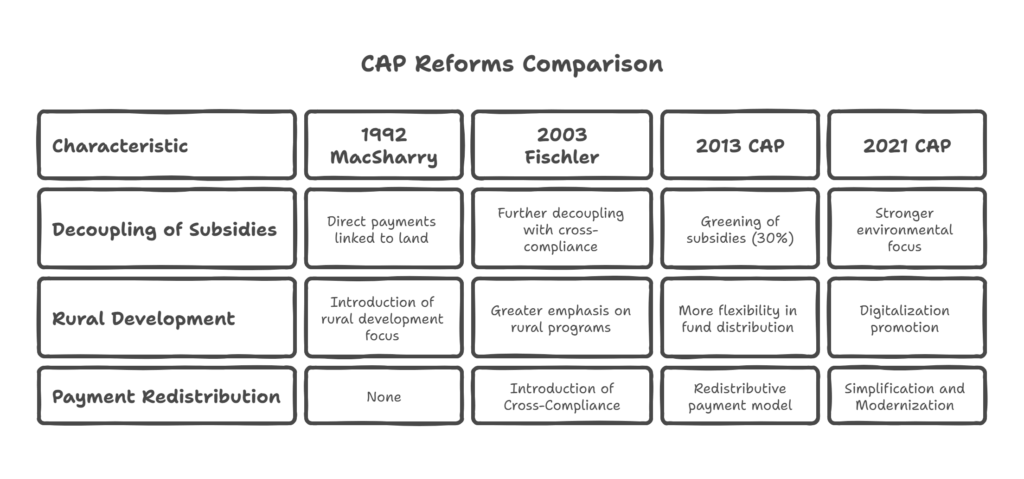
Critical Analysis of CAP Reforms
While the CAP reforms have brought important changes, the policy continues to face significant challenges:
- Environmental Effectiveness: Although the greening measures in the CAP reforms have increased the focus on sustainability, many critics argue that the environmental benefits are still insufficient. The ecological focus areas and other greening measures have been criticized for being overly permissive and not enough to tackle the scale of environmental degradation in agriculture. Some argue that the CAP should place stronger emphasis on biodiversity conservation and reducing pesticide use.
- Rural Development Disparities: Despite efforts to redistribute funds more equitably, rural development remains uneven across the EU, with some countries benefiting more from CAP funds than others. This inequality has led to calls for more targeted programs that address the specific needs of disadvantaged regions and communities.
- Global Competitiveness and Trade: CAP has faced external criticism, particularly from trade partners like the United States and Brazil, who argue that European agricultural subsidies distort international trade. The EU has also been criticized for maintaining high tariffs on agricultural imports, which can hinder the growth of developing countries’ agricultural sectors.
- Farm Income and Small Farmers: While the 2013 reforms aimed to support small and medium-sized farms, larger agribusinesses still dominate the agricultural sector. There remains a need for further reforms to ensure that CAP supports the viability of family farms and prevents agricultural policy from being disproportionately skewed towards large industrial farms.
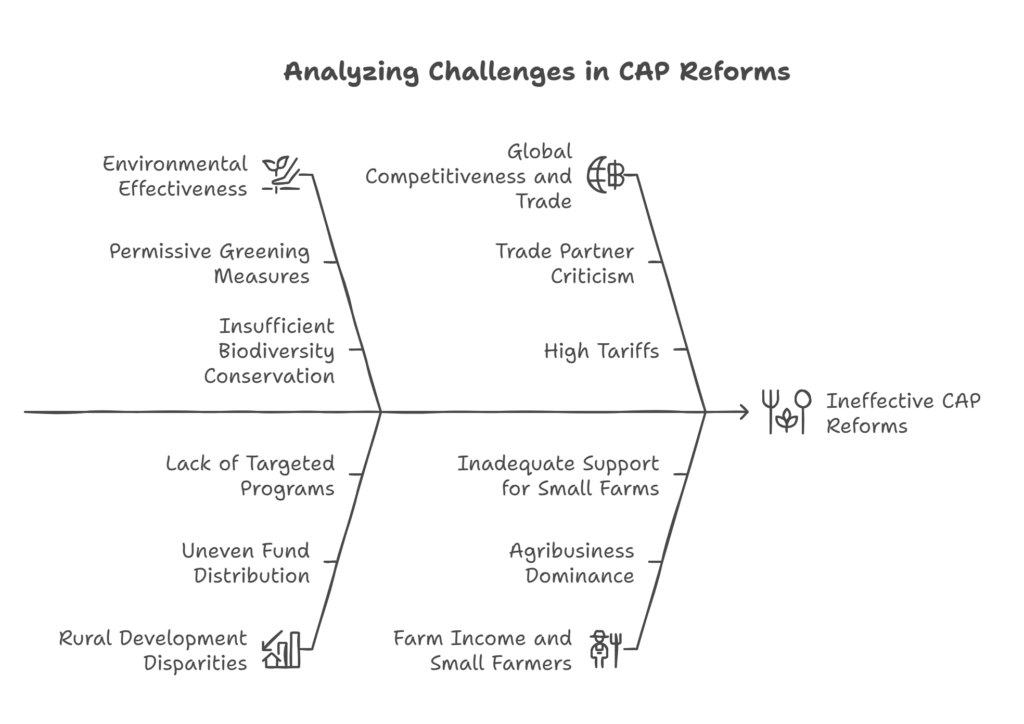
Conclusion
The reforms of the Common Agricultural Policy (CAP) have been essential in adapting the policy to the changing economic, environmental, and political landscapes of Europe. While the CAP has successfully moved from price supports and market intervention towards a more market-oriented, sustainable policy framework, challenges remain. The future of CAP will need to address ongoing issues such as environmental sustainability, rural development, and global trade relations. The EU’s ability to balance agricultural competitiveness, environmental sustainability, and social fairness will determine the success of future CAP reforms in meeting the needs of European agriculture and its citizens.
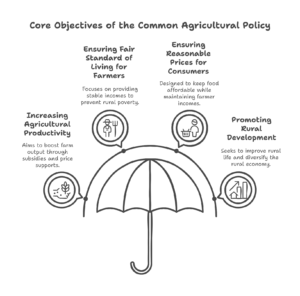


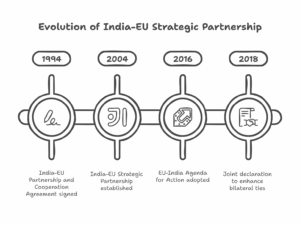

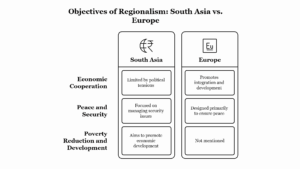
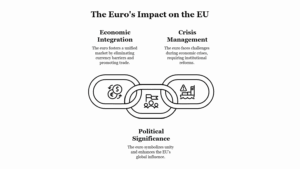
Leave a Reply